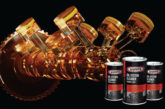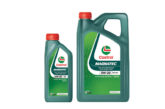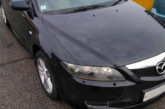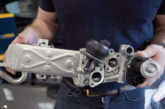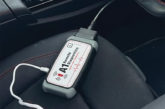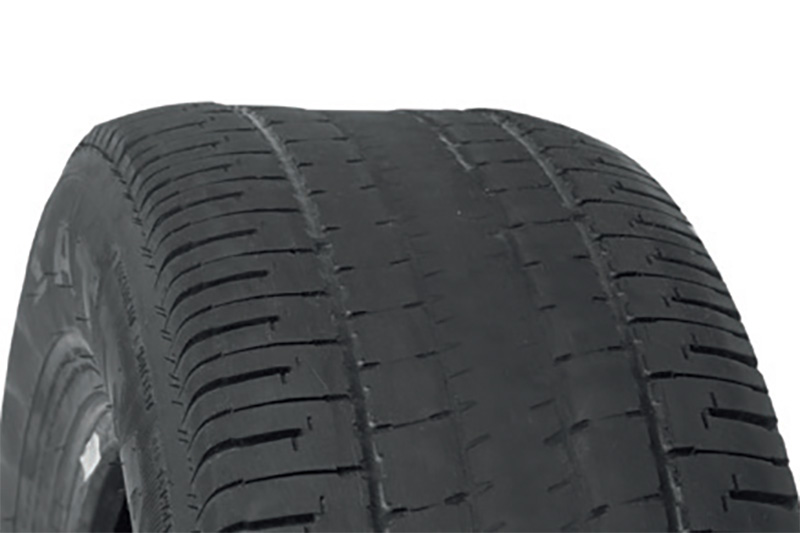
Are you getting vehicles presenting with worn tyres? Shock absorber specialist Monroe has produced a handy guide for the MOT period for workshops looking to get the bottom of worn tyres.
Centre wear
Centre wear is typically due to overinflation. The maximum inflation pressure, listed on the tyre, is for when the vehicle is fully loaded. Centre wear may also be caused by mounting oversized tyres onto narrow rims.
High speed feathering
Heavy shoulder wear (typically feathered tread front to rear) can be caused by hard driving. Inspect antisway bar end links and springs for wear. A performance tyre, or one with a stiffer side wall, can reduce high speed feathering of tyres.
Cupped wear
Cupped or scalloped dips appearing around the surface of the tread could indicate loose, worn, or sometimes bent suspension parts. Worn shock absorbers or unbalanced tyres/wheels/brake rotors can also cause cupping, but the cupping would typically present a more concentric pattern.
Shoulder wear
Shoulder wear is often the result of low tyre pressure, overloading the vehicle, or the use of undersized tyres.
Camber wear
Camber wear occurs when the tyre is not vertically aligned properly with the surface of the road. Camber wear can be caused by a weak, broken, or incorrect spring. Excessive negative camber typically results in inside edge wear. Excessive positive camber typically results in outside edge wear.
Toe wear
Toe wear occurs when the tyre is not aligned parallel to the centre-line of the vehicle. Basically, the tyre may point “Toe In” or “Toe Out.” Since toe can cause rapid wear, it is considered the most important alignment angle. Excessive toe results in a “saw-toothed” pattern of wear across the tread surface.
Brake skid/flat spot wear
When a tyre slides across the road surface, it will scuff away the tread in one area. This generally happens as a result of the brakes locking up due to brake malfunction or the driver aggressively applying the brakes in an emergency situation. Flat spotting can also occur if the tyre has been standing in oil, fuel or chemicals, or if the belts of the tyre have shifted internally.

